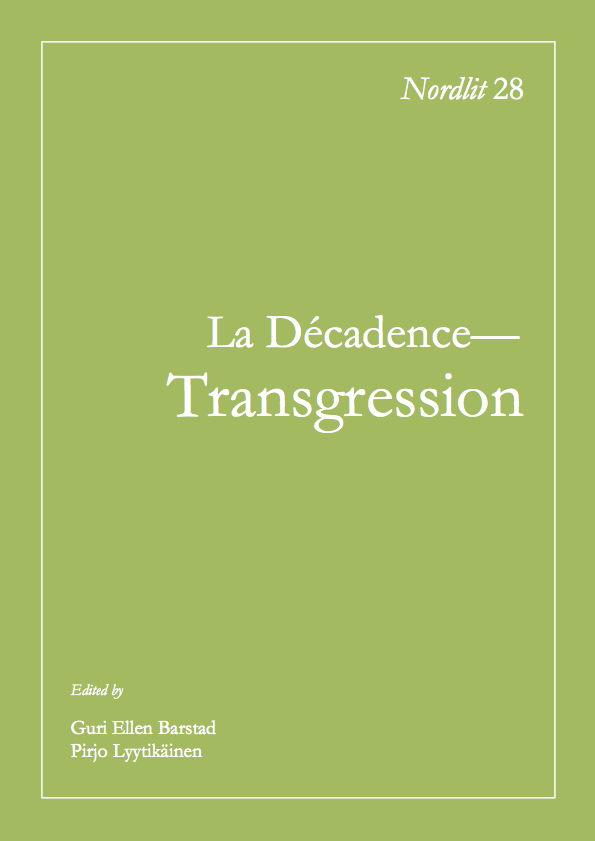La figure féminine chez Arne Dybfest
DOI:
https://doi.org/10.7557/13.2056Keywords:
Femme décadente, confusion, salut, nature, folklore, ambiguïtéAbstract
Arne Dybfest (1862-1892) is a Norwegian author whose female figures seem to have all the usual characteristics of the decadent woman. They are erotic, calculating and dangerous creatures entangling men in their snares and ruining their lives. They are morally, socially and aesthetically transgressive. At the same time, they remind us of the "huldra", a central figure in Scandinavian folklore. This beautiful and dangerous creature lives in the forest; her specialty is to seduce and bewitch young men and - worst-case scenario - bring them with her inside the mountain where she dwells.Dybfest's women are ugly, frightening and yet irresistibly attractive. Torn between aversion and blind admiration the male protagonist seems most of the time detached from reality, becoming a stranger to himself. Gradually he turns into two different persons. In the novel Ira (1891) the young man is liberated thanks to a young woman's rescuing love. Zita, a symbol of exuberant life, frees him from Ira's fatal grip.
But is this salvation story entirely unambiguous? This article focuses not only on the differences between the two women but also on their similarities. A more nuanced view might complicate the picture and blur some distinctions.









